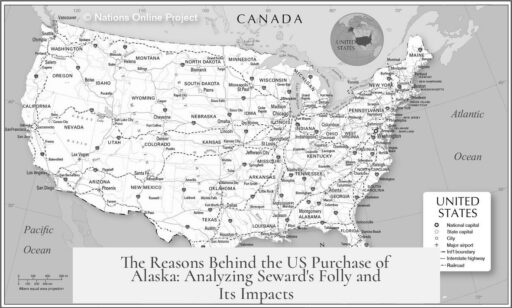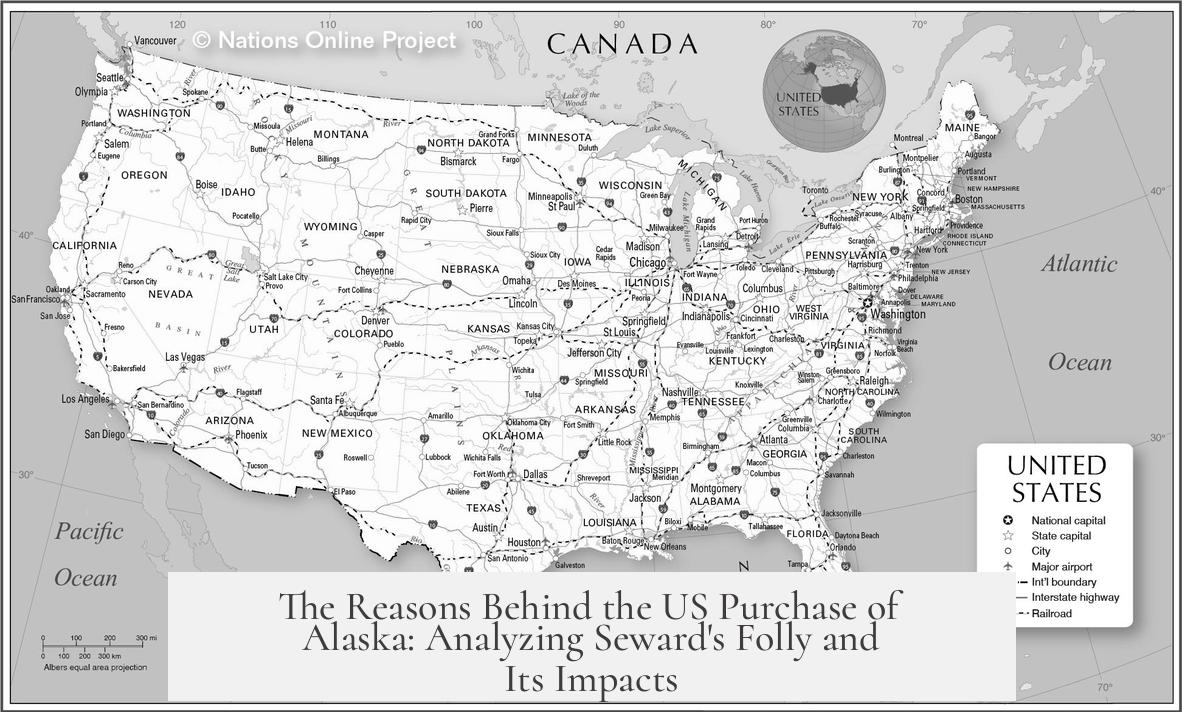The United States bought Alaska in 1867 primarily to extend its territory in line with Manifest Destiny ideals, secure a strategic continental perimeter, and capitalize on economic opportunities, while Russia saw the sale as a way to generate revenue and reduce its vulnerable holdings after the Crimean War.
The acquisition of Alaska emerges as a key event driven by 19th-century American expansionism. William Seward, the U.S. Secretary of State, championed Manifest Destiny—the belief that the United States was destined to expand across the North American continent. Seward envisioned a perimeter encompassing Hawaii, Alaska, Greenland/Iceland, and the Danish West Indies to enhance American economic and military reach.
Alaska stood out among these points for several reasons. First, preliminary groundwork for its acquisition had already been laid, making it more accessible. Second, Alaska had economic ties to California, which created practical benefits in logistics and commerce. At the time, Alaska’s export of ice was significant because refrigeration technology had not yet matured.
Russia’s motivation to sell Alaska stemmed from strategic and financial pressures. The Crimean War exposed Russia’s vulnerabilities, especially regarding its Pacific coast holdings. The conflict caused heavy debt, and Russia feared losing Alaska to Britain or France in future conflicts. Selling the territory offered Russia immediate hard currency and removed an exposed possession from its obligations.
Despite the mutual interest, the acquisition faced domestic political hurdles. The U.S. Congress was embroiled in disputes with President Andrew Johnson’s administration. Ratifying the Alaska Purchase treaty and appropriating funds took unusual measures, including bribery by Russian officials to convince enough representatives. The political climate delayed the formal transaction until 1867, one year after the treaty’s signing.
The public and press reaction in the United States was often mocking and skeptical. Newspapers labeled the purchase “Seward’s Folly,” doubting the value of a vast, cold, and seemingly barren land. Some critiques suggested the deal was a vanity project or political distraction in post–Lincoln assassination turmoil. It took years and discoveries of gold and other resources for public opinion to view Alaska’s worth favorably.
The timing of the purchase was crucial. The Civil War had ended, resolving disputes about the expansion of slave versus free states—a major obstacle to prior territorial acquisitions. This removal of the slavery issue made it easier politically to add new territories without upsetting domestic balances of power. Alaska’s addition posed no such controversies.
| Factor | Description |
|---|---|
| Manifest Destiny | Drive to expand U.S. territory across North America, securing economic and military strength. |
| Seward’s Strategic Vision | Acquire key points (Alaska, Hawaii, Greenland/Iceland, Danish West Indies) to build a continental perimeter. |
| Russia’s Motivation | Financial pressure post-Crimean War; feared losing Alaska in future conflicts; needed cash. |
| Political Challenges | Contentious approval process amid Congressional disputes and presidential impeachment battles. |
| Public Reception | Mocked as wasteful; called “Seward’s Folly” until resource wealth was discovered. |
| Post-Civil War Context | End of slavery dispute eased territorial expansion; no risk of upsetting state balance. |
- Alaska was bought primarily due to American expansion ideals and strategic goals.
- Russia viewed the sale as a practical financial decision after military defeat.
- The political environment complicated the deal’s approval process.
- At first, the purchase faced ridicule before its resource potential became clear.
- The Civil War’s end removed major political barriers to territorial growth.
Why Did the US Buy Alaska? Unpacking the Chilly Deal Behind “Seward’s Folly”
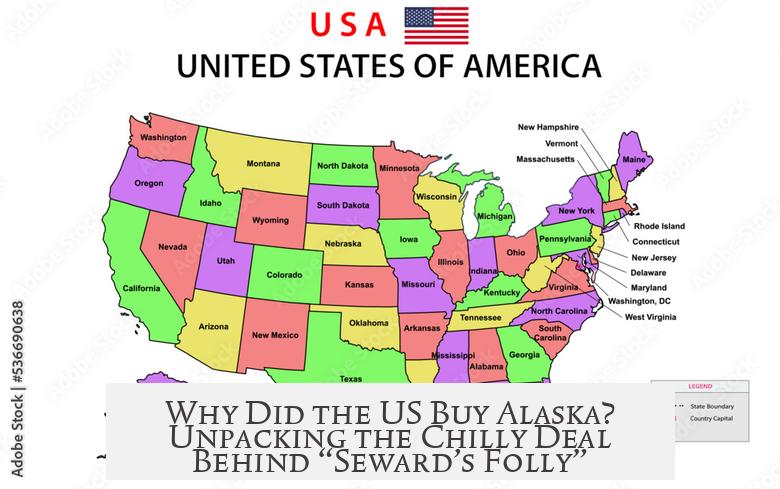
Simply put, the US bought Alaska as a bold move to fulfill Manifest Destiny, guided by Secretary of State William Seward’s grand vision of American expansion. But that answer barely scratches the surface.
Let’s dive deeper into why this massive, frozen chunk of land—initially mocked as “Seward’s Folly”—became a strategic prize for the United States.
Manifest Destiny: The Dream That Stretched to the Arctic
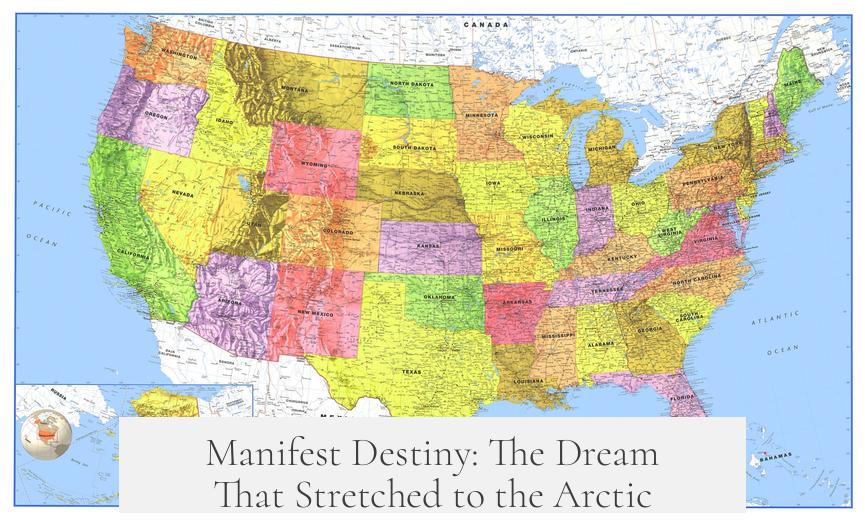
In the mid-1800s, Americans were thoroughly convinced of Manifest Destiny—the idea that the US was fated to expand from the Atlantic coast to the Pacific, and maybe beyond.
William Seward, the then Secretary of State under President Andrew Johnson, was a passionate believer in this ideal. He imagined a perimeter of US influence that secured economic and military dominance. His targets? Four strategic points: Hawaii, Alaska, Greenland/Iceland, and the Danish West Indies.
Among these, Alaska was particularly appealing. It wasn’t just a frozen wasteland; it had practical benefits including strong economic ties to California—especially San Francisco—and a thriving ice trade. Long before refrigerators were commonplace, ice was a hot commodity, shipped from Alaska’s shores to the lower states.
A Cold Sale from Russia’s Perspective
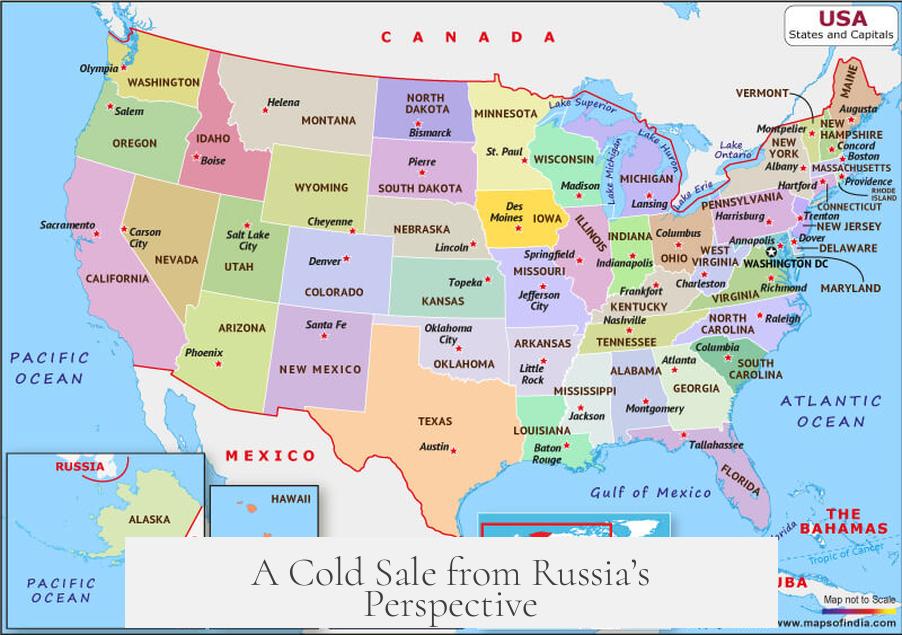
Alaska was Russian territory in the 19th century, but it posed some headaches.
Russia had just survived the Crimean War—a brutal conflict revealing vulnerabilities, especially along its Pacific coast. Holding Alaska, far removed and hard to defend, was risky. They feared losing it to British or French forces someday.
Plus, the war left Russia financially strapped. So selling Alaska meant a chance to gain some cold, hard cash.
Interestingly, Russian-American Company managers once even planned a fake sale—the idea being to keep Alaska out of enemies’ hands. Although that didn’t pan out, the thought of selling lingered both in Russian minds and among American diplomats.
The Political Iceberg: Challenges at Home
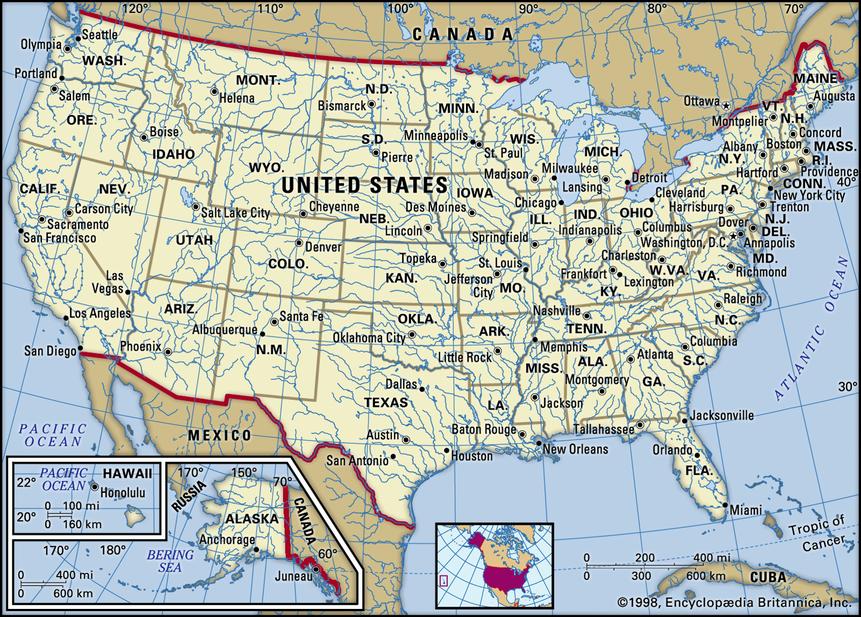
You’d think a bargain like $7.2 million for a vast land would be a no-brainer. Spoiler: it wasn’t.
Congress was embroiled in fierce disputes, especially with President Johnson’s administration. The country was still healing from the Civil War. Political tensions ran high. And securing the funds for Alaska’s purchase meant significant lobbying—and some say bribery—by Russian officials to sway the House of Representatives.
The treaty was ratified in 1867, but crunching through Congress’s opposition delayed funding for about a year. The deal was contentious, to say the least.
The Public’s Frosty Reception
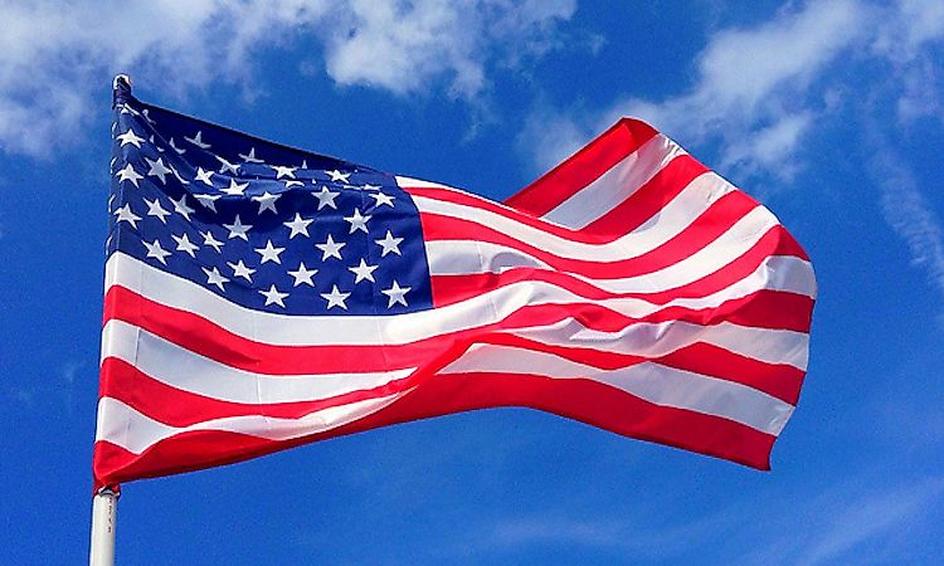
As news of the purchase spread, the reaction across the country was…lukewarm at best.
Newspapers dubbed it “Seward’s Folly.” Many ridiculed buying a frozen wilderness, questioning the wisdom of tying up $7.2 million in what seemed like a land of ice and bears.
One New York Tribune article suggested the deal was just a vanity project for Seward, even joking that the Russian Czar might have given Alaska away for free. Political caricatures portrayed Alaska as a “Russian fairy land,” a costly distraction during a turbulent post-Lincoln era.
Only with the discovery of gold decades later did public opinion thaw to the value of the purchase.
The Context That Made Alaska Possible
https://www.youtube.com/watch?v=znSYiUkfGks
The timing of the buy was crucial.
After the Civil War, the debate over whether new states would permit slavery—so central to earlier expansion decisions—was settled, at least temporarily.
That settlement removed a major political hurdle. For example, Cuba’s annexation was off the table partly because adding it as a free state would disrupt the delicate balance.
Alaska, being a remote and icy land, didn’t raise any slavery questions. It was a straightforward addition, free from the divisive politics of the era.
What Seward Saw: More Than Ice and Snow
Seward’s vision wasn’t just about land for its own sake. He foresaw economic and strategic benefits that others missed.
- Alaska’s location offered a useful outpost for expanding American naval power across the Pacific.
- The proximity to California meant easier logistical connections and trade routes.
- Alaska could serve as a key stepping stone for future trade with Asia.
In fact, Seward believed acquiring the four strategic points—Hawaii, Alaska, Greenland/Iceland, and the Danish West Indies—would create a protective arc of influence to secure America’s interests globally with minimal conflict or cost.
Lessons and Reflections
So, why did the US buy Alaska? It boils down to strategy, opportunity, and vision.
At a glance, it seemed like a silly purchase. But when you connect the dots—the economic ties, Russia’s vulnerabilities, Seward’s strategic perimeter, and a post-Civil War political window—the acquisition makes smart sense.
Here’s a quick takeaway table:
| Factor | Impact on Alaska Purchase |
|---|---|
| Manifest Destiny | Inspired national growth mindset that prioritized continental expansion. |
| Seward’s Perimeter Strategy | Targeting key points to project economic and military power. |
| Russia’s Post-War Weakness | Motivated Russia to sell vulnerable territory for much-needed funds. |
| Economic Ties & Ice Trade | Provided logistical reasons to integrate Alaska with western US markets. |
| US Politics | Political resistance delayed approval; bribery played a role. |
| Public Skepticism | Press mocked purchase until resource finds proved value. |
| Post-Civil War Context | Resolved slavery debate allowed smoother territorial expansion. |
Final Thoughts: Beyond “Seward’s Folly”
Looking back, the purchase of Alaska is a fascinating tale of big dreams, international chess, and political grit. It reminds us that what seems foolish at first may conceal great foresight, and that visionaries often swim against the tide.
Imagine trying to sell a giant icebox to a skeptical nation—Seward did just that. His gamble laid groundwork for America’s presence in the Pacific and future wealth from gold, oil, and natural resources hidden beneath ice and timber.
So next time you hear “Seward’s Folly,” think twice. It was a wise bet on the future, wrapped in a frozen package.
